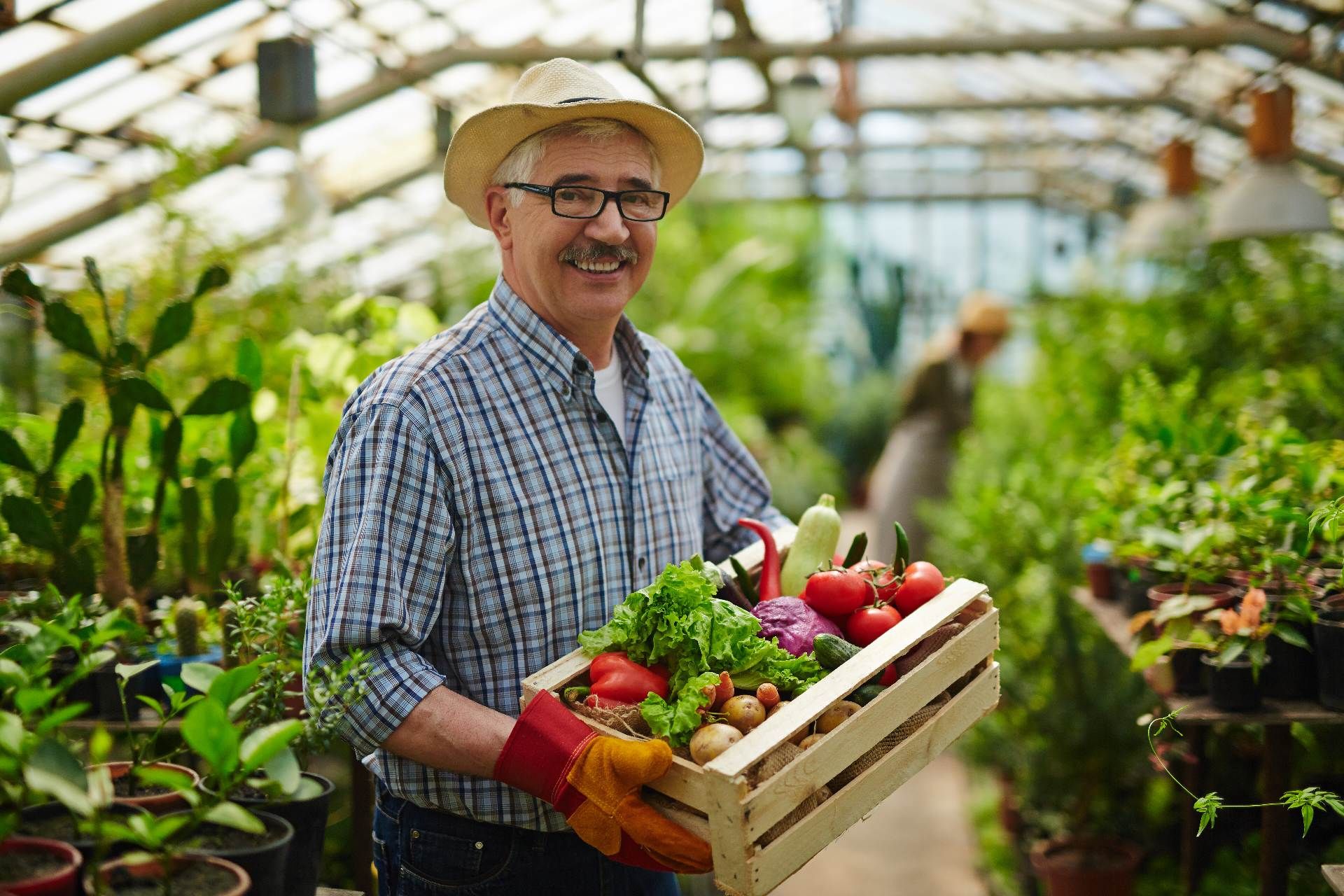Why illuminate plants using LED luminaires?
Modern LED lighting provides users with an ever-increasing range of possibilities. Today, these types of luminaires no longer only find their way into homes, industrial buildings or facilities such as garages or driveways. LED lighting is also perfectly suited to the growing industry. Find out for yourself how many benefits this process brings.
Every plant needs sufficient water and light in order to grow properly. Unfortunately, in winter, when the days are much shorter, there is no chance of fruiting or leaf development. Regardless of whether we are talking about cultivated plants or green plants intended for growing in pots, LED lighting provides the optimum parameters for photosynthesis.
One luminaire that is perfect for illuminating plants is the Tytan 2 LED Chemo, which has excellent performance and also generates energy savings of up to 68%. The lamp body and diffuser are made of copolyester (PCT-G), characterised by increased resistance to chemical agents such as ammonia or disinfectants.

Light for plants - which light to choose?
Photosynthesis is a process involving the production of sugars necessary for plant life. Chlorophyll, the green pigment, plays a key role in this. In the autumn and winter months, when natural light becomes scarce, plant development starts to slow down or comes to a complete halt. To prevent this, it is worth investing in modern LED lighting to extend photosynthesis for all months of the year in a non-invasive way. An excellent example of a lamp that works well in both greenhouses and garden centres is the Industry IP66 LED beam. This luminaire is designed for use in areas with high dust and waterproofing requirements. It is made of aluminium and toughened glass, and its non-removable design with an external connector ensures high resistance to harsh environmental conditions.
Chlorophyll reflects green light, while absorbing red and blue light waves, which directly contribute to plant growth and development. Therefore, light in these two colours is used to illuminate the crop.
Blue light colour
Blue light primarily promotes germination. This process is decisive in the life of any plant, so it is worth placing special emphasis on it. In addition, the blue colour stimulates the development of the leaves, making them strong and healthy.
Blue light also inhibits excessive stem elongation, resulting in lower, more compact pot or bed plants that look great in containers.
Red light colour
Red light, on the other hand, has a significant effect on flowering. Plants aided by it delight with lush flowers. But not only. It makes the flowering process longer, so that the plant is able to produce more flowers over a longer period.
Another advantage of illuminating plants with red light is the positive effect on seed and fruit setting, which also has an impact on the taste of fruit and vegetables.